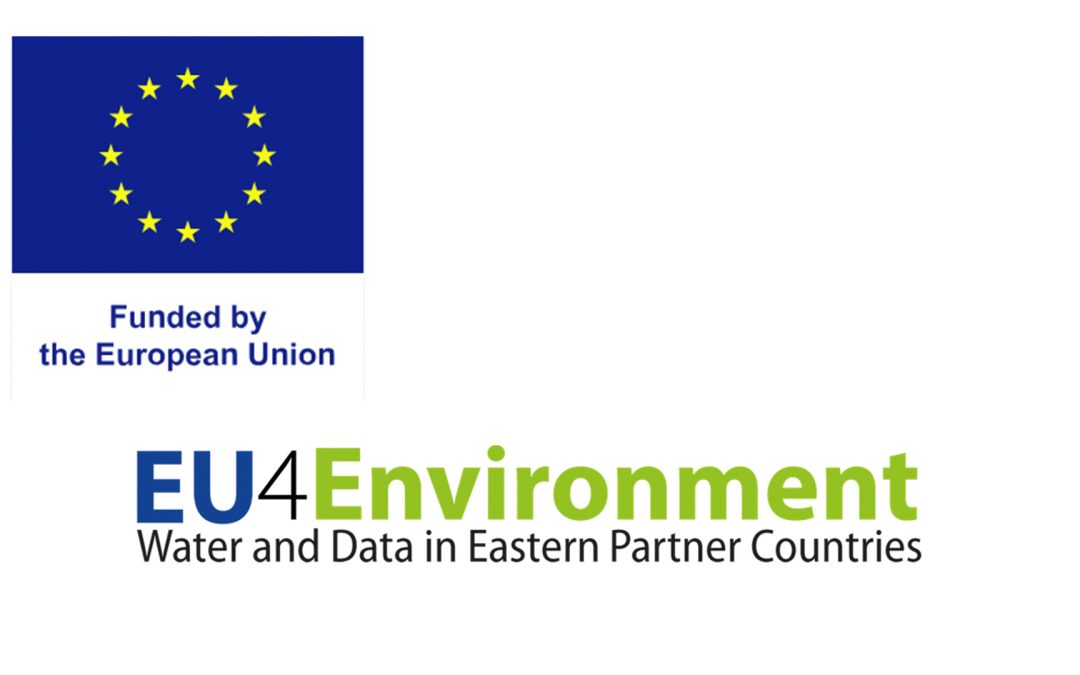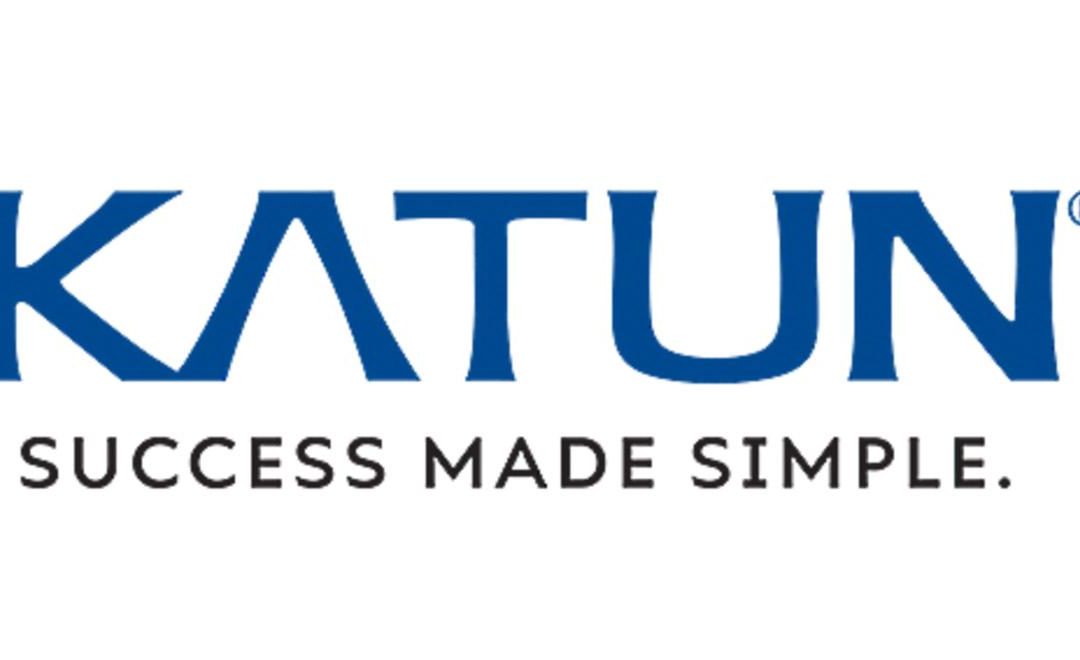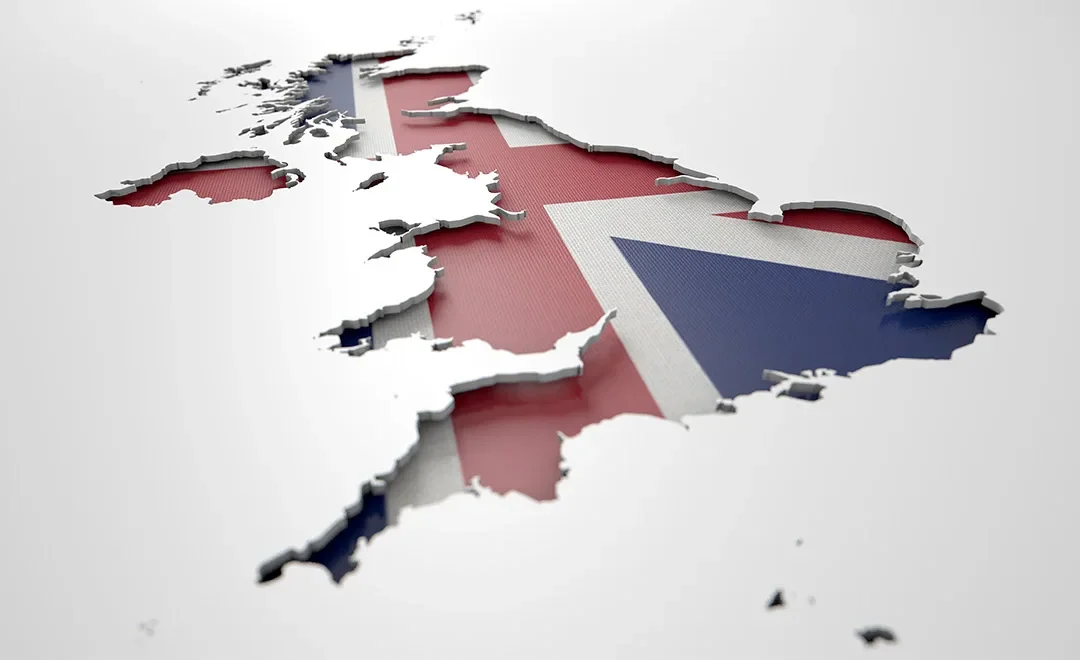 The Italian Ministry of the Environment and the Protection of the Territory and the Sea recently published new minimum environmental criteria for toner and inkjet cartridge supplies and for the rental or lease of printers and MFPs.
The Italian Ministry of the Environment and the Protection of the Territory and the Sea recently published new minimum environmental criteria for toner and inkjet cartridge supplies and for the rental or lease of printers and MFPs.
This document, similar to the previous CAM, published in 2014, and which ARTI-Italia was heavily involved with stipulates rules and standards for government departments purchasing printers and consumables. The rules require that purchases include “at least 30% of “remanufactured cartridges” with yield and print quality equivalent to that of the original cartridges and toner powders or inks free of certain dangerous substances” and included in all procurement contracts.
Also included are restrictions or bans on hazardous substances and metals in toner powders and inks for cartridges offered that are not remanufactured, as well as a solid demonstration of print quality and yield for compatible cartridges.
decaBDE and other hazardous substances are a noted concern for the Public Administration following the discovery in 2018 of hazardous materials such as DecaBDE contained in the plastics of compatible/Clones/NBC cartridges (plastics recycled from electronic waste) imported into the EU.
The CAM reflects that the low and sometimes very low prices indicate the origin of the cartridges where low wages and scant respect for labour conditions may exist and potentially expose workers to the harmfulness of the products. For all those mentioned above: “To allow the objectives set out in this document, the contracting stations must when defining the auction bases, take into account the market prices of the original toner and inkjet cartridges. Remanufactured cartridges cannot have a price that is excessively lower than the latter since the costs of an actual remanufacturing activity are significant and scarcely reducible”.
ARTI-Italia said that these unfair competitive practices could adversely impact on the market, and companies suffer unfair competition. The CAM describes how original cartridges are best for reuse: “unlike non-original and non-remanufactureable cartridges, which mostly end up in incineration plants or landfills after the first use. The lack of remanufacturability, combined with lower prices, are pushing more and more companies dedicated to remanufacturing to orient their activities differently, as they are not very valued also in public tenders”.
“The contracting authority reserves the right to ascertain that the intellectual property rights of the cartridges supplied have not been infringed by contacting the Anti-counterfeiting Information System of the Guardia di Finanza http://siac.gdf.it. If necessary, sending one or more of the cartridges supplied for checks to ensure they are compliant and not counterfeit”, the new standard added.
Hardware also features in the CAM and targets the rental or leasing of printers and MFPs. “Rather than simply renewing one’s own fleet of printers and MFPs, it is therefore appropriate to “re-engineer” the document processes more effectively and reorganise the printing services taking into account the real printing needs …”.
To support circular economy models and to favour the market opportunities for reused equipment, the rental and managed printing service sector should include new and used devices in their offerings. MPS devices are typically departmental size and at the end of the contract, still have their useful life. Reusing technology could lead to lower financial outlays by the contracting stations who acquire the lower cost reused equipment when compared to the cost of new equipment. Even when the maintenance and technical assistance included in the service which will induce bidders to offer products in good condition”.
“The installed image reproduction devices can be either new or used, but must comply with the technical specifications of the Minimum Environmental Criteria (CAM)”, the document states.
In addition, the consumables for rented printers and MFPs must also be partly remanufactured: “As of July 1, 2022, at least 30% of the toner and inkjet cartridges supplied must be remanufactured (“prepared for reuse”) in accordance with the technical specifications contained in the CAM for supplies of toner and inkjet cartridges in force and in possession of environmental labels conforming to UNI EN ISO 14024 or the alternative means of testing provided by the aforementioned CAM”.
“When the Voluntary Agreement of the industry will be published, test reports or data sheets will have to take into account the measurement methods and parameters provided for therein. In any case, products bearing environmental labels complying with UNI EN ISO 14024, and the other means of the test described at the end of the criterion, will be presumed to comply for a transitional period of one year from the publication of the Agreement,” ARTI-Italia added.
ARTI-Italia concluded: “In this regard, please note that products not regenerated from original cartridges do not comply with DIN 33870.1-2 and therefore do not comply with CAM! According to all the information provided by CAM, and market data, the compliance of cartridges for imported non-OEM products is extremely low or does not exist. In the absence of a “recognised quality certification method” for compatible/NBC/Clones cartridges and there is very little or no evidence of compliance for WEEE, RoHS and REACH, we strongly recommended that private consumers and public administrations avoid the purchase of these goods.
“These good practices would help to reduce the large amount of disposable plastic that is polluting and almost irreparably damaging the environment in which our children will live. If not for us, let us do it at least for those to whom it would be better to leave a world in better conditions than the one we found or transformed it.




















